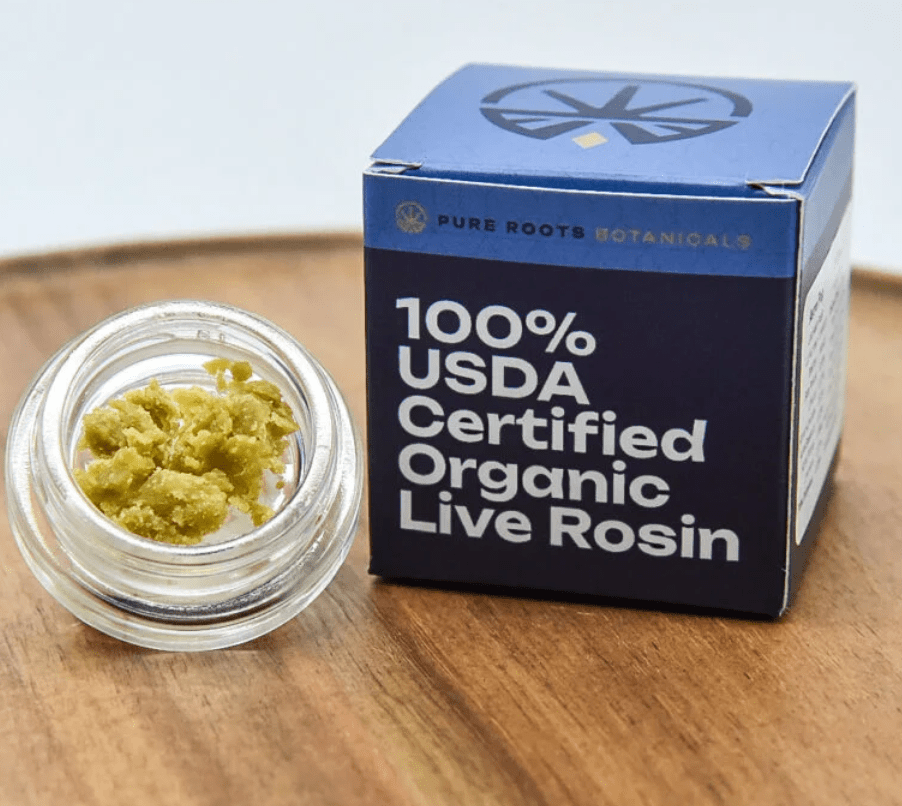Introduction:
In the pursuit of sustainable and eco-friendly alternatives, researchers and industries are increasingly turning their attention to innovative compounds with multifaceted applications. Levulinic acid, a naturally occurring chemical compound derived from biomass, has emerged as a promising candidate with a wide range of uses. This blog post delves into the world of levulinic acid, exploring its properties, production methods, and diverse applications, highlighting its potential role in fostering a more sustainable future.
Understanding Levulinic Acid:
Levulinic acid, chemically known as 4-oxopentanoic acid, is a carboxylic acid derived from renewable resources such as biomass. It is a water-soluble, crystalline compound with a slightly sweet odor. One of its notable features is its potential to serve as a platform chemical, meaning it can be used as a precursor for the synthesis of various valuable chemicals and materials.
Production Methods:
Levulinic acid can be produced through several methods, with the most common involving the acid-catalyzed dehydration of biomass-derived sugars. Biomass feedstocks, such as agricultural residues, forestry residues, or even non-food energy crops, can undergo a series of chemical reactions to yield levulinic acid. The choice of biomass source and the specific production process can influence the yield and overall sustainability of the production.
Applications of Levulinic Acid:
-
Biofuels: Levulinic acid is a key player in the development of biofuels. Through further processing, it can be converted into γ-valerolactone (GVL), which serves as a potential biofuel and a versatile solvent. GVL has been explored as a greener alternative to traditional fossil fuel-based solvents.
-
Plasticizers and Polymers: Levulinic acid and its derivatives can be used in the synthesis of biodegradable polymers and plasticizers. These sustainable alternatives to conventional plastics have the potential to reduce the environmental impact of plastic waste.
-
Pharmaceuticals: Levulinic acid is utilized in the pharmaceutical industry for the synthesis of various drugs. Its versatile nature allows it to serve as a building block in the creation of pharmaceutical compounds, contributing to the development of novel and more sustainable drug manufacturing processes.
-
Agrochemicals: Levulinic acid derivatives have found applications in the production of agrochemicals. These derivatives can serve as intermediates in the synthesis of herbicides, fungicides, and insecticides, offering more sustainable options for crop protection.
-
Flavors and Fragrances: Levulinic acid is a precursor for the production of δ-amino levulinic acid, which is used in the synthesis of pyrrolidones. These compounds are employed in the creation of flavors and fragrances, contributing to the food and cosmetic industries.
-
Cosmetics and Personal Care Products: Levulinic acid and its derivatives are utilized in the formulation of cosmetics and personal care products. Their antimicrobial properties make them suitable for use in skincare and haircare formulations.
-
Food Additives: Levulinic acid is recognized as a food additive (E-levulinic acid) and is classified as generally recognized as safe (GRAS) by regulatory bodies. It can be used to enhance the shelf life of certain food products and is considered a more sustainable option compared to some traditional food preservatives.
Environmental and Economic Benefits:
The production and utilization of levulinic acid offer several environmental and economic benefits:
-
Renewable Feedstock: Levulinic acid is derived from renewable biomass feedstocks, providing an alternative to fossil fuel-based chemicals. This contributes to the reduction of dependence on non-renewable resources and mitigates environmental impact.
-
Reduced Greenhouse Gas Emissions: Utilizing levulinic acid and its derivatives in various applications can potentially result in lower greenhouse gas emissions compared to traditional petrochemical-based counterparts. This aligns with global efforts to combat climate change and reduce the carbon footprint of industrial processes.
-
Waste Reduction: Levulinic acid production from biomass can utilize agricultural and forestry residues, contributing to the valorization of waste materials. This aligns with the principles of the circular economy by converting waste into valuable products.
-
Diversification of Industries: The versatility of levulinic acid opens up opportunities for the development of diverse industries, from biofuels and plastics to pharmaceuticals and agrochemicals. This diversification can contribute to economic growth and job creation in emerging sectors.
Challenges and Future Outlook:
While levulinic acid presents numerous opportunities, challenges must be addressed for its widespread adoption:
-
Scale-Up and Cost-Effectiveness: Scaling up the production of levulinic acid and its derivatives to meet industrial demands while maintaining cost-effectiveness remains a challenge. Research and innovation in production processes are essential to optimize efficiency and reduce production costs.
-
Regulatory Frameworks: The regulatory landscape for novel chemicals and materials, including those derived from levulinic acid, needs to be developed and harmonized. Clear regulatory frameworks will facilitate market acceptance and compliance.
-
Public Perception and Education: Public awareness and understanding of the benefits of sustainable alternatives like levulinic acid are crucial. Education initiatives can help dispel misconceptions and garner support for the adoption of these innovative solutions.
-
Integration into Existing Industries: Integrating levulinic acid and its derivatives into existing industrial processes requires collaboration and coordination across industries. Developing cross-sector partnerships can accelerate the adoption of sustainable alternatives.
Conclusion:
Levulinic acid stands at the forefront of sustainable chemistry, offering a versatile and eco-friendly alternative for various industries. From biofuels and plastics to pharmaceuticals and agrochemicals, its diverse applications underscore its potential to reshape traditional industrial processes and contribute to a more sustainable future.



